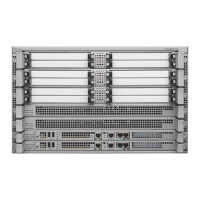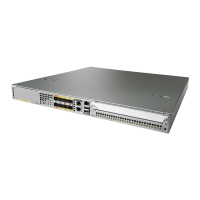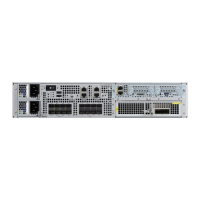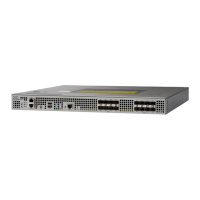Configuring the Card Type for the 2-Port Channelized T3/E3 ATM CEoP SPA
SUMMARY STEPS
1.
Router # enable
2.
Router# configure terminal
3.
Router(config)# card type {t3 | e3} slot subslot
4.
Router(config)# controller {t3 | e3} slot/subslot/port
5.
Router(config-controller)# channelized mode {t1 | e1}
6.
Router(config-controller)# cem-group group unframed
7.
Do one of the following:
•
Router(config-controller)# {t1} 1-28 cem-group group timeslots 1-24
•
Router(config-controller)# {e1} 1-21 cem-group group timeslots 1-31
8.
Router(config-controller)# atm
9.
Router (config-if)# exit
DETAILED STEPS
PurposeCommand or Action
Enables privileged EXEC mode.Router # enable
Step 1
Enters global configuration mode.Router# configure terminal
Step 2
Selects a card type.
Router(config)# card type {t3 | e3} slot subslot
Step 3
or
Use the no form of the command to remove the card type.
Selects the controller to configure the SPA port.Router(config)# controller {t3 | e3}
slot/subslot/port
Step 4
Effective from Cisco IOS XE Release 3.6.0S, T3 and E3
card types are supported.
Note
Swaps between the CT3-T1 and CT3-E1 modes. This is applicable
only if the card type is T3.
Router(config-controller)# channelized mode
{t1 | e1}
Step 5
Creates a SAToP CEM group and configures the port for
clear-channel CEM mode.
Router(config-controller)# cem-group group
unframed
Step 6
or
To delete the CEM circuit and release the time slots, use the no
cem-group group-number command.
Cisco ASR 1000 Series Aggregation Services Routers SIP and SPA Software Configuration Guide, Cisco IOS XE
Everest 16.5
OL-14127-17 479
Configuring the Circuit Emulation over Packet Shared Port Adapter
Configuring Port Usage: An Overview
